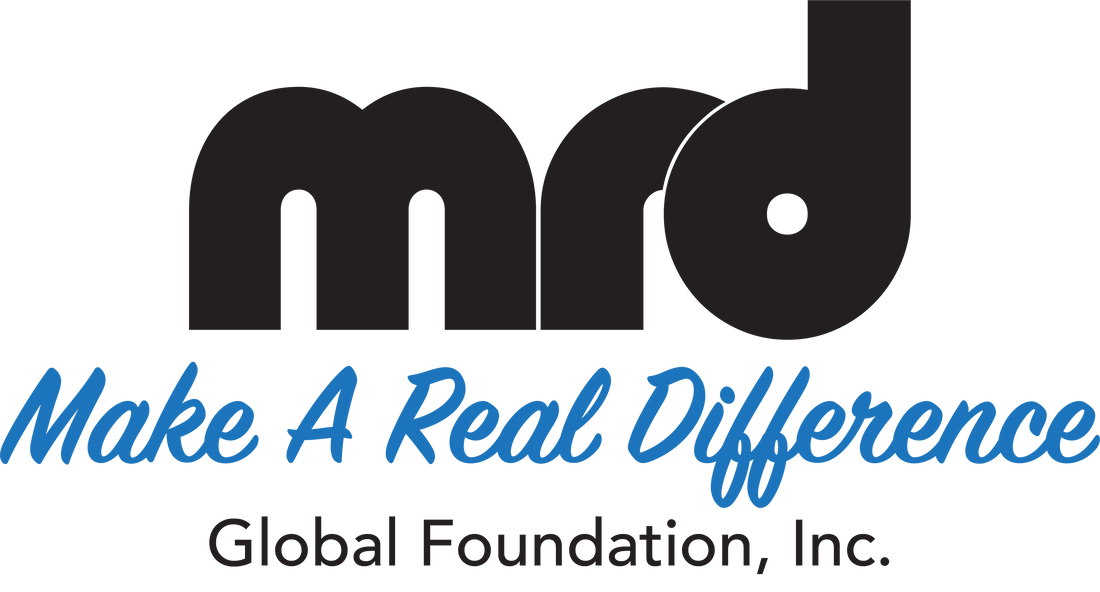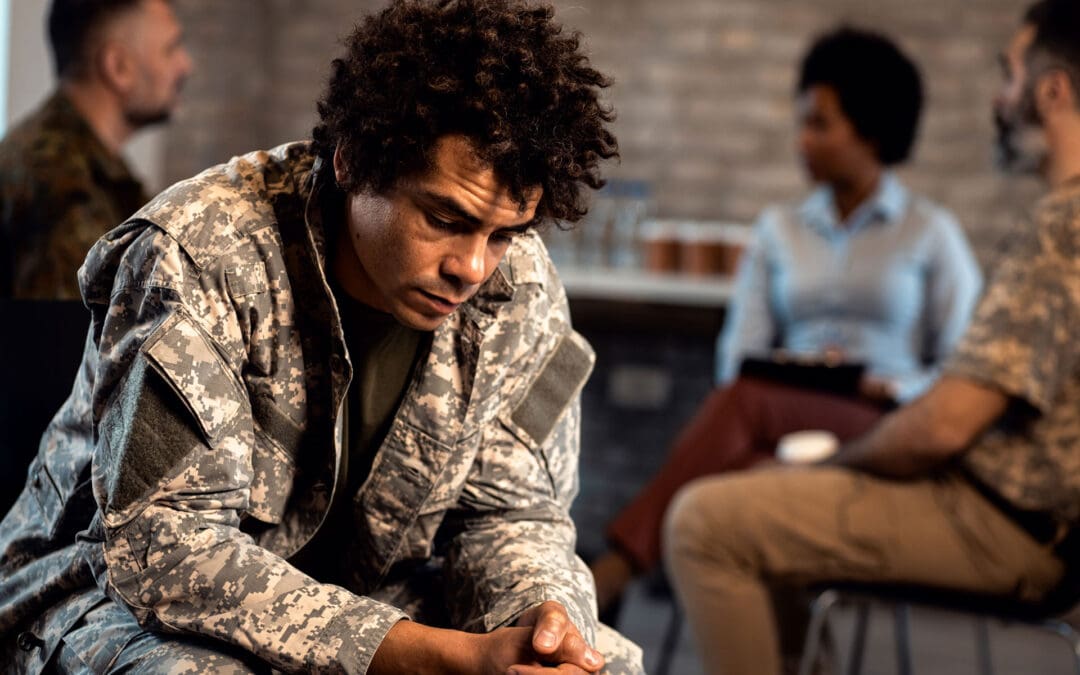Good day to all of you, brave men and women. As a doctor who’s had the privilege of working with veterans for over two decades, I’ve seen the impact of PTSD on many lives. This condition is more common among veterans than many realize, and it’s crucial to acknowledge and address it.
Identifying PTSD: PTSD is not always easy to spot, and it manifests differently in everyone. Common symptoms include recurring memories or nightmares of traumatic events, avoidance of situations that remind you of these events, heightened reactions like irritability or being easily startled, and often, feelings of numbness or detachment. These are not signs of weakness but are common reactions to extraordinary experiences that you have endured.
Personal Stories: I recall a veteran I worked with, a former Navy SEAL. He was haunted by nightmares and became isolated, trying to avoid his pain. Through therapy, he learned to confront these memories and gradually regained control over his life. Another, a young Army medic, struggled with guilt and anxiety. It was her courage to seek help and talk about her experiences that set her on the path to healing.
Support Strategies: Support from family and friends is invaluable. Be patient and listen. Sometimes, just being there is the most powerful support you can offer. Encourage your loved one to seek professional help and offer to accompany them if they need it. Remember, healing is a journey, and it requires time and understanding.
Resources and Help: There are numerous resources available for veterans facing PTSD. The VA offers specialized treatment programs, and there are many counseling services and support groups tailored to veterans’ needs. Hotlines provide immediate assistance, and newer approaches like EMDR (Eye Movement Desensitization and Reprocessing) and mindfulness therapies have shown great promise. Don’t hesitate to explore these options.
As a community, we have a responsibility to support our veterans. Encourage open discussions about mental health and advocate for better care and resources. By working together, we can create an environment where seeking help is seen as a sign of strength. Remember, you’re not alone in this battle. There is help, there is hope, and there is a path forward.
Thank you for your service and your courage.

